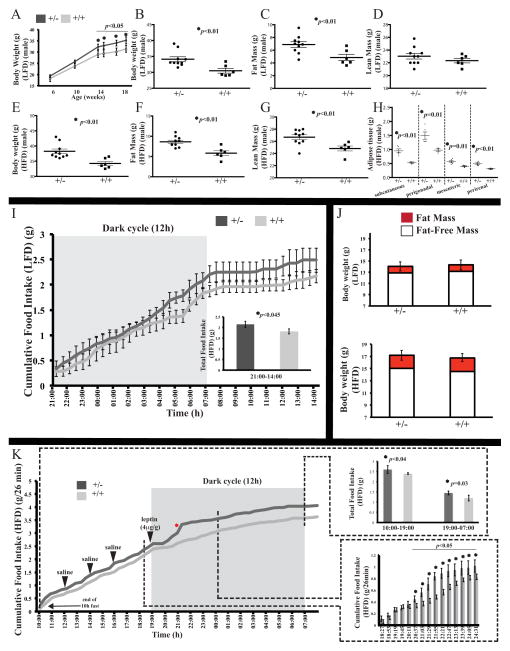Fig. 2. Positive energy balance in mice heterozygous for a null allele of Rpgrip1l.
(A) Total body weight increased in male Rpgrip1l+/− versus Rpgrip1l+/+ mice fed regular chow (LFD) over an18-week period. Total body weight (B, E), fat mass (C, F), and lean mass (D, G) increased in 18-week old male Rpgrip1l+/− versus Rpgrip1l+/+ mice fed LFD and a high fat diet (HFD) respectively. (H) Increase in weight of various adipose tissue depots of Rpgrip1l+/− compared with Rpgrip1l+/+ mice after being fed regular chow for 18 weeks followed by the HFD for 7 days. Food intake (I, K) and body composition (J) of male Rpgrip1l+/− and Rpgrip1l+/+ mice fed LFD up to 4 weeks of age and subsequently fed HFD for 1 week. (K) While receiving the HFD, male Rpgrip1l+/− and Rpgrip1l+/+ mice were administered leptin intraperitoneally at the start of the dark cycle resulting in a shorter delay in feeding for the Rpgrip1l+/− group compared with control mice, that was followed by greater food intake in the Rpgrip1l+/− mice compared with the control group. After leptin administration, food intake was ~44% and ~46% lower in Rpgrip1l+/− and Rpgrip1l+/+ mice respectively during the dark cycle (19:00-07:00) compared to the light cycle (10:00–19:00). Red asterisk marks the time point when mRNA measurements were taken (Fig. 7B, C). Error bars represent SEM.

